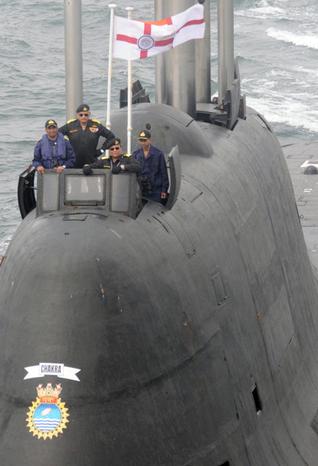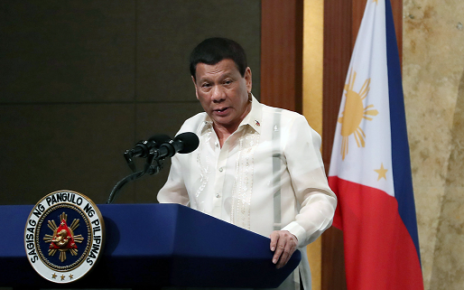On April 3, 2013, North Korean officials sealed off external access to the joint North-South Industrial Park located in the city of Kaesong, barring entry to more than 400 South Korean factory employees. Following the shutdown, North Korea withdrew more than 51,000 workers from Kaesong, labor that is vital to the park’s operations. With the North engaging in such action in the midst of serious tensions, could this issue be the final straw in the relations between the two Koreas?
[captionpix align=”left” theme=”elegant” width=”320″ imgsrc=”http://natoassociation.ca/wp-content/uploads/2013/05/North-Korea-rejects-Kaesong.png” captiontext=”The blockade has barred entry of key personnel and supplies from entering Kaesong, resulting in significant financial difficulties for the some 123 South Korean companies stationed there.”]
When one considers the severity of the situation, the possibility of further escalation does not appear remote. As a result of the North’s blockade of supplies and personnel into Kaesong, the majority of the 123 South Korean companies stationed there have suffered significant financial losses. Furthermore, the situation quickly escalated into a humanitarian disaster for the South Korean factory employees who were forced to remain in the park and supervise company property, as their medical and food supplies dwindled.
Calmly but Firmly: The South Korean Response
Due to the crisis in Kaesong, and the failure of the North to respond to its request for dialogue, South Korea withdrew more than 125 of its own personnel from Kaesong, leaving only a few behind to deal with administrative tasks. Speaking on the decision, South Korean Unification Minister, Ryoo Kihl-jae stated, “We’ve made the inevitable decision to bring back all the remaining personnel in Kaesong for the protection of our people as their difficulties continue to grow.”
As well, the South Korean government issued a statement holding the North responsible for any unintended consequences resulting from its recent act, adding that it would “calmly but firmly” deal with North Korean actions. With approximately $470 million in goods produced last year, and billions of dollars in South Korean capital already invested in the park, it is unlikely that the North’s actions will be easily ignored. What makes the situation the more troubling is that the park, which has endured years of turmoil and conflict since it opened in 2004 is the last vestige of cooperation between the two states. With the industrial park now closed, and the North declining Southern appeals for dialogue, the regime of Kim Jong-Un is becoming further isolated.
The Final Straw?
Although the situation has resulted in significant economic losses for the two sides, it is unlikely that the dispute will escalate toward a military confrontation. While the North was chiefly responsible for the shutdown, signs of restraint were illustrated in its willingness to allow South Korean factory employees to either remain or go home. In addition, one of the primary sources of North Korean anger, the American and South Korean joint military drills, have recently ended. The being said however, if this issue is to be resolved peacefully and relations between the two Koreas are to improve then significant effort is needed to help overcome major differences.




